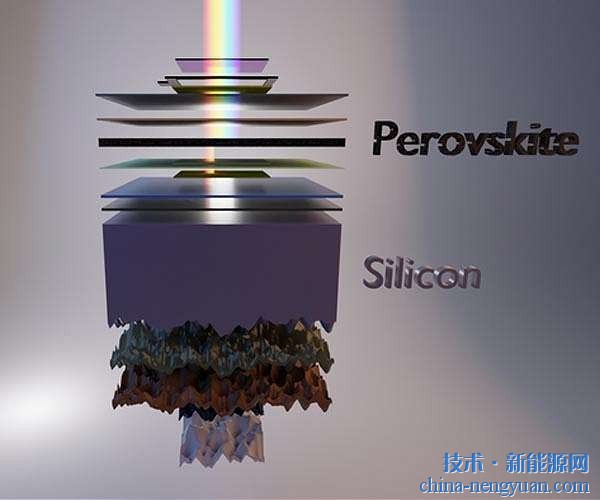 |
The Graphene Research Institute of the Shanghai Institute of Microsystem and Information Technology of the Chinese Academy of Sciences achieved another major breakthrough. The State Key Laboratory of Information Functional Materials, Tang Shujie and others of the superconducting laboratory graphene research group have successfully achieved high orientation and rapid growth of graphene single crystals on hexagonal boron nitride surfaces through the introduction of a gaseous catalyst for the first time. The paper Silane-Catalyzed Fast Growth of Large Single-Crystalline Graphene on Hexagonal Boron Nitride was published on Nature Communications on March 11 (6:6499 doi: 10.1038/ncomms 7499 (2015)).
In 2011, the graphene team of Shanghai Microsystems Co., Ltd. started to conduct epitaxial growth of graphene single crystals on a hexagonal boron nitride substrate and its performance characterization, and achieved a series of results. They mastered graphene nucleation control (Carbon, 50, 329 (2012)) and determined orientation relationship between single crystal and substrate (Scientific Reports, 3, 2666, (2013)) based on acetylene as carbon source. , The innovative introduction of silane as a catalyst, the chemical vapor phase epitaxy method for the preparation of graphene crystal domain size of more than 20 microns single crystal growth rate than the previous report increased by two orders of magnitude, more than 90% of the graphene single crystal and The boron nitride substrate is strictly oriented, exhibiting a ~14 nm two-dimensional superlattice structure caused by Moiré fringes, and the typical room temperature Hall mobility of the prepared graphene exceeds 20,000 cm2/V·s.
Graphene is generally considered to be the most competitive electronic material for the continuation of Moore's Law in the post-silicon CMOS era due to its excellent electrical properties, superior thermal conductivity, and excellent mechanical properties. However, the electrical properties of graphene are greatly affected by the substrate, and the charge and phonon scattering greatly degrade the electrical properties of the graphene. Studies have shown that hexagonal boron nitride is an excellent substrate for graphene electronic devices due to its atomic leveling surface, no dangling bonds, and excellent insulating properties.
The graphene single crystal grown directly on the hexagonal boron nitride surface by chemical vapor deposition can avoid the interface contamination and damage defects caused by physical transfer, and provide a material basis for further application in the field of integrated circuits. However, due to the lack of catalytic ability of the substrate, the growth of graphene single crystals directly on the surface of hexagonal boron nitride dielectrics has been a huge problem in the entire graphene research field. The gaseous catalytic method proposed in this study has been patented and can provide a new idea and technical solution for the preparation of high-quality graphene single crystal thin films on dielectric substrates.
This work was funded by the major projects of the Ministry of Science and Technology, the Chinese Academy of Sciences and the Shanghai Municipal Science and Technology Commission.
Flat Field Holographic Concave Grating
The Concave Grating has the advantage of being able to constitute a spectroscopic system without any assistance from concave mirrors or similar types of image-forming elements. For this reason,the Concave Grating is used in a wide range of applications, such as analytical instruments,optical communications,biotechnology,and medical instruments. Spectroscopes incorporating concave gratings are classified roughly into two groups: polychromators or monochromators.
China star optics can provide customers with a variety of replicated grating products such as diffraction gratings, reflective gratings,holographic gratings,concave gratings etc. to meet different needs. Maximum ruled area is up to 300x300mm2 for plane ruled diffraction gratings. For replicated diffraction and transmission gratings the ruling density can be from 20 grooves per millimeter to 2400 grooves per millimeter, wavelength from 0.2 micron to 25 microns.
Please contact us for Customing Sizes and types of gratings.
Holographic gratings:
Specifications:
Ruled area: <=70 * 70mm
Wavelength range: 0.2-0.8um
Grooves per mm: 1,200 to 3,600L/mm
Diffraction: >70%
Ruled gratings:
Specifications:
Ruled area: <=70 * 70mm
Wavelength range: 0.2-15um
Grooves per mm: 50 to 2,400L/mm
Diffraction: >70%
Concave gratings:
Specifications:
Ruled area: <=70 * 70mm
Wavelength range: 200 to 900um
Grooves per mm: 490 to 1,200L/mm
Diffraction: >70%
Flat Field Holographic Concave Grating,Flat Field Concave Grating,Spherical Holographic Grating,Aberration Corrected Holographic Grating
China Star Optics Technology Co.,Ltd. , https://www.realpoooptics.com
